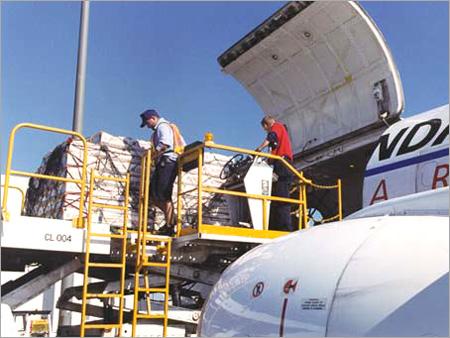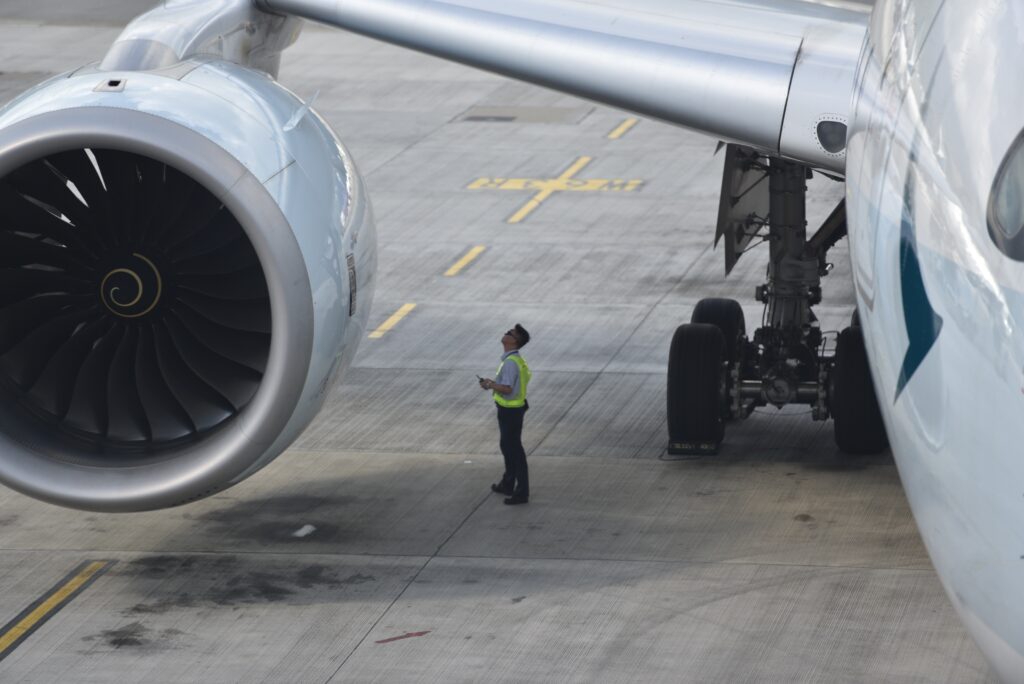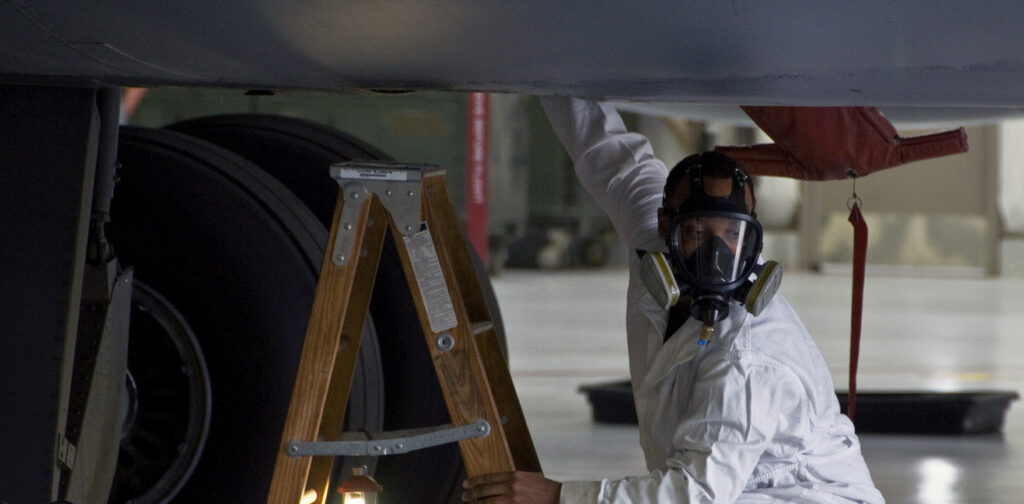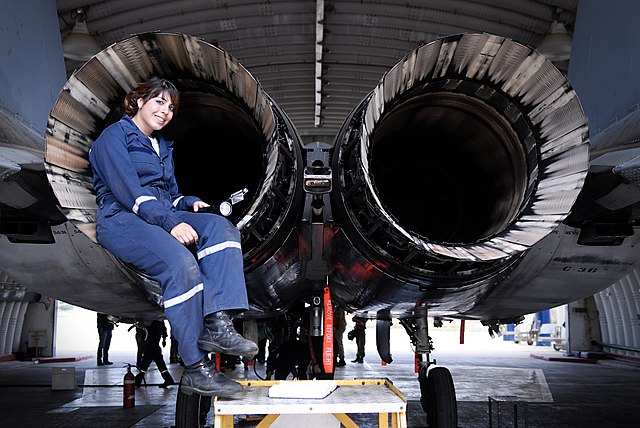Aviation Hazmat is tricky. Don't miss the signs.
There you were, happily working away in your nice cozy corner of the Aviation world, when someone or something crosses your path with the word HAZMAT on it. And you have no idea where to begin or who to ask about Hazmat Training.
Hazardous Materials Training
All of us Engineers here at WT towers are all IATA Certified Cat 6 instructors. Why? Because our daily jobs involve the shipping and receiving of aviation parts and components. These parts and engine consumables fall into the Hazardous Materials/Dangerous Goods (let’s call it Hazmat from now on) category.
This is due to their use on the fuel system or the nature of the lubrication they use. So, we must pack them and ship them according to the regulations. Otherwise, they won’t be accepted, and our company will become displeased. And we don’t want to displease our company.

Transportation & Shipping Training
Why do the instructor level? As we will explain later, the IATA training regime makes it easy just do the Cat 6 level (the highest) as the preceding 1-5 levels. So why not just do that? But the training regulations changed dramatically recently. And we will get into certification later.
But for you’re asking, “What should I do?” or “What do I need to do?” or even “What is the right process for me to solve the Hazmat issue I am having?
Don’t worry. We got you here at WT towers. And with links to the correct information.
And the steps you need to take. First a caveat. This is an AVIATION WEBSITE. And so, the regulations and certifications are the Hazmat (Air), IATA DGR and regular Dangerous goods for shipping by Air IN YOUR JURISDICTION.
Why is this important? Because Hazmat does not only travel by Air. In some countries the Hazmat by Air subject is combined at the transportation level with Sea, Road, and Rail. As in in the USA. You can see more information at the US DOT site HERE.
Training Requirements
There are only Three scenarios you will encounter with Hazmat. You are either SHIPPING the Hazmat, or you ARE RECEIVING the Hazmat. Or you just need an AWARENESS of the fact that Hazmat is out there.

"Shipping" is at the top
If you ship Hazmat, you’re at the top of the pile. And the eventual packaging, marking, and handling of the package itself. So, when you need to ship Hazmat chemicals, you need to know everything and must do the full training and certification pathway. There are no short-cuts.
If you or your company needs to ship Hazmat, then you are now in the most regulated and complex part of the process. Why? Because you are now responsible for the identification of the type of Hazmat, the rules on how, by whom and how much you can send by air. The safety of an aircraft and its occupants is now in your hands.
Dangerous Goods Training
But before you click through to the nearest IATA training course, ask yourself this question. How often am I really going to ship Hazmat by Air? And at what volume? If you are completing dangerous goods shipments a couple times a month or even a handful a year or if it’s only a small amount of low value, stop right here.
Receiving Hazmat
For receiving, and because you are signing that little dotted line at the bottom of the Hazmat paperwork, you need to know what you’re reading. Every Hazmat shipment has an AWB (Airway Bill), but it also has a Hazmat checklist form. Even though you didn’t pack the chemicals, mark it, or ship it.
You could still be a middleman (or person) at the airport tasked with being part of the supply chain that gets the Hazmat on the Aircraft. So, you need to know the rules every bit as much as the shipper. This allows you to check Hazmat shipping papers of these substances. There are many “receivers” of Hazmat between its journey to its destination.
HAZMAT Awareness Training
Everyone who works at the Airport, the Airline and the Cargo companies must do a Hazmat awareness course or recurrent training course. They do this even if they don’t handle Hazmat. Why? So, they can spot Hazmat if it somehow gets into their hands enroute to the belly of an aircraft. There are many ways this can happen. Lithium batteries are a good example. They are on wheelchairs, scooters and a lot of electronic devices and they are a fire hazard.
If they are to go into the hold they must be packed and loaded according to the rules, so there is zero risk they will cause a problem. We also use awareness training so when Hazmat is presented, all staff immediately know what they are dealing with. Loaders, Pilots, and engineers are all made aware of Hazmat rules. What the chemical is.
How much there is. Where it’s loaded and how it might be monitored. They must sign off on its carriage and have a discussion on where it should go given the aircraft type and the capabilities of the hold. This is good practice. Most holds have fire detection and suppression systems, but some do not.

"Shipping by Air" Transportation
Let’s start with the easy ones first. If you need to do an awareness course, then this will be provided by your company or airport, or you can contact your country’s Aviation Authority for lists of training providers. These courses are also available online and take around 3-4 hours.
What is trained is your ability to spot Hazmat markings. To know what they are and to know what to do when you see them. Flight Crew, Ramp staff, Cargo agents and ground handlers are all key roles where certification is critically important. If it has been deemed that you need the full Hazmat IATA course for shipping by Air, then this is a larger course.
Dangerous Goods Transportation
The IATA one we did takes five full days at a cost of around USD $5k without flights and hotel costs. And it’s not easy. The IATA Hazmat course is challenging and dense and the manual you will be using is bigger than a phone book (for you younger readers, a phone book is how we called people and businesses before the internet).
But if you must ship or be an Instructor in Hazmat just follow these simple steps.
Step 1 – Contact your Aviation Authority. Most of them have dedicated pages on their websites because Hazmat has been around since Aviation started and the regulations are issued by the ICAO working group through IATA down to your country.
Step 2 – Get the list of approved Training providers (approved by your state as well as IATA if you need that IATA cert) and reach out to them and ask for classroom prices. If you are one person or two, you will pay a lot more for one instructor. What you want is to get into a big classroom where you are not penalized by a one-on-one cost.
Step 3 – Ask the training provider for a bespoke course, using the IATA Appendix H CBTA (competency Based Training Assessment).
Competency based training is new but is mandatory worldwide from 2023. It dictates that each person much be trained and display competencies in the tasks they will undertake at the airport. So, check this out.




